- Solve the Java dilemma and recreate a new pole of national development in the equatorial rainforest
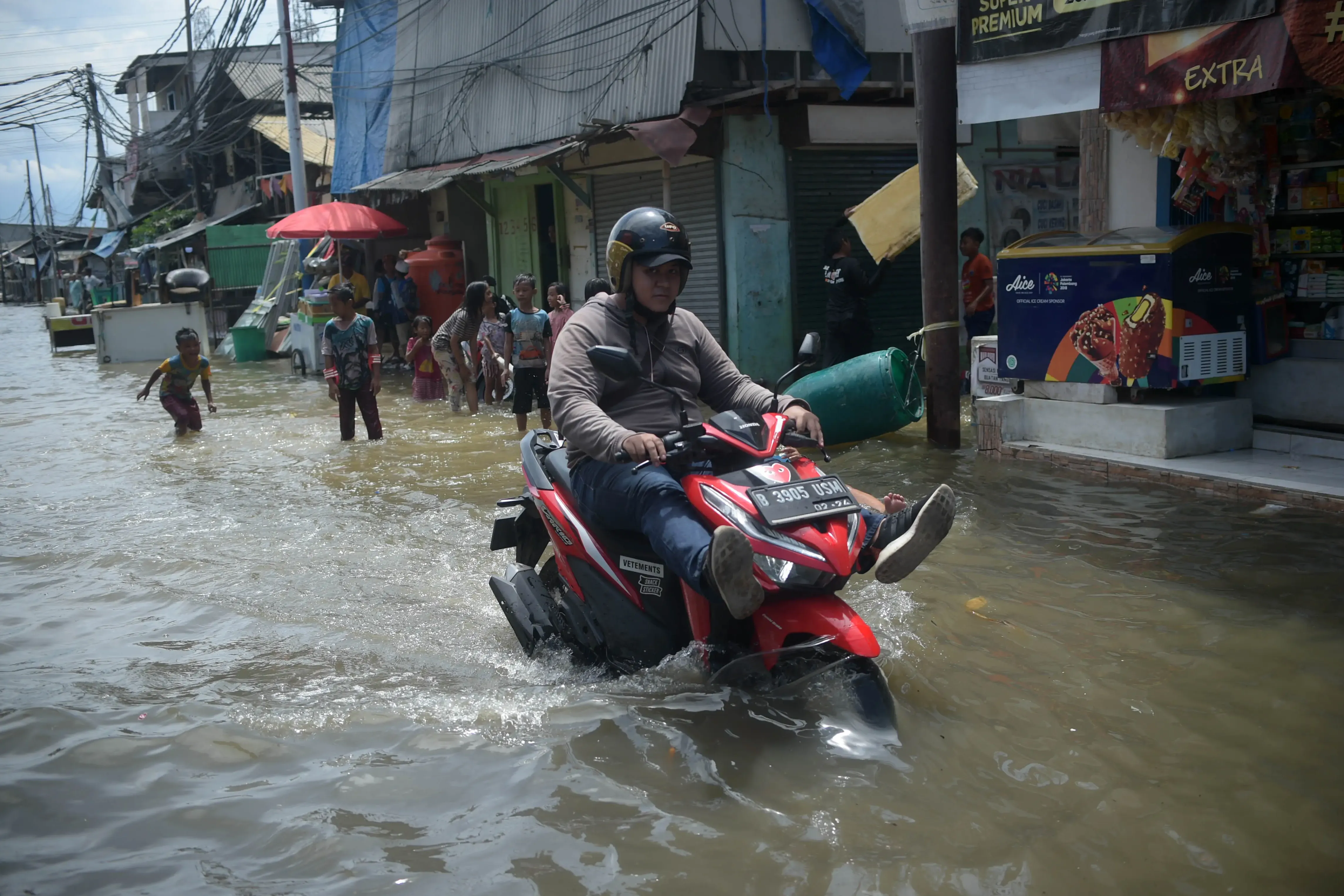
In January 2024, Indonesia officially launched its capital relocation plan, moving its administrative center from crowded Jakarta to Nusantara in eastern Kalimantan. This project of the century, which took ten years to prepare, is ostensibly a helpless move to deal with Jakarta's "urban disease", but it reflects Indonesia's strategic ambition to solve the "Java dilemma" and reshape the country's development pattern.
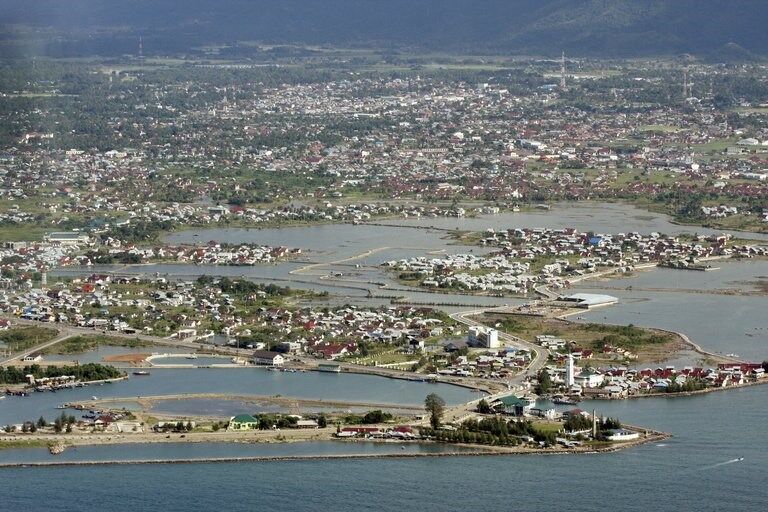
A century-old accumulation of geographical imbalances
With 7% of the country's land area, Java hosts 57% of the population and 70% of its economic activity, a deformed pattern of "unipolar concentration" that stems from the Dutch colonial system of resource grabbing. Jakarta, the heir to its colonial legacy, is now facing an ecological crisis of 25 centimeters of land subsidence per year and 300 days of flooding per year, and its remediation costs have exceeded the city's carrying capacity. What's more serious is that the geopolitical value of the Strait of Malacca is being diluted by emerging hubs such as Gwadar Port and Kyaukpyu Port, and the location advantage of Java Island is facing a historic decline.

Kalimantan's game-breaking code
The location of the new capital contains three strategic considerations: first, geographical centrality, with Kalimantan as the fulcrum, it can radiate Sumatra, Sulawesi and other marginal islands, and activate the economic circle around Borneo; The second is resource rebalancing, the island has 40% of the country's forest carbon sink and 25% of mineral resources, but only contributes 5% of GDP. Third, it is safe and redundant, away from the threat of seismic zones and sea level rise, and its altitude is 200 meters higher than that of Jakarta. As President Jokowi said: "This is not a simple administrative relocation, but a revolutionary reorganization of the country's spatial structure." ”
A geopolitical chess game in the ASEAN hinterland
The relocation of the capital coincides with a critical period in the restructuring of the global supply chain. Kalimantan borders the Malaysian state of Sarawak in the north and the Sulu Islands of the Philippines in the east, and is located at the "Indo-Pacific crossroads". Indonesia is building a fulcrum of the "Eastward Expansion Strategy" by moving the capital: on the one hand, it will build a land, sea and air hub facing the Asia-Pacific region through the Xindu International Airport and the Central Kalimantan Industrial Corridor; On the other hand, with the "zero-carbon city" as a selling point, it will attract international capital such as Singapore's Temasek and PowerChina to participate in green infrastructure. This wisdom of "space for time" may enable Indonesia to win the first opportunity in the process of ASEAN integration.
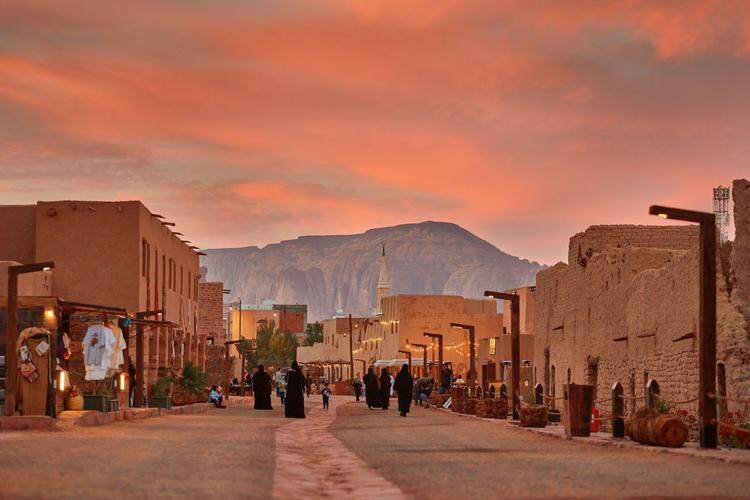
Historian Wang Gungwu once pointed out: "The essence of the relocation of the capitals of Southeast Asian countries is the repositioning of the center of gravity of civilization and the magnetic pole of the economy. "From Angkor Wat to Bangkok, from Yangon to Naypyidaw, there is always a secret code behind the rise and fall of national fortunes. Today's gamble in Indonesia is not only a complete reckoning with the colonial legacy, but also a declaration of the return to the pluralism of maritime civilization. When the smart street lamps of Xindu are lit up in the equatorial rainforest, this country of ten thousand islands may find a new national narrative in balance and breakthrough.(This article is from the official website of Seetao www.seetao.com. Reprinting without permission is strictly prohibited. Please indicate Seetao.com + original link when reprinting) Seetao.com Strategy Column Editor/Sun Fengjuan
Comment
 Praise
Praise
 Collect
Collect
 Comment
Comment
 Search
Search





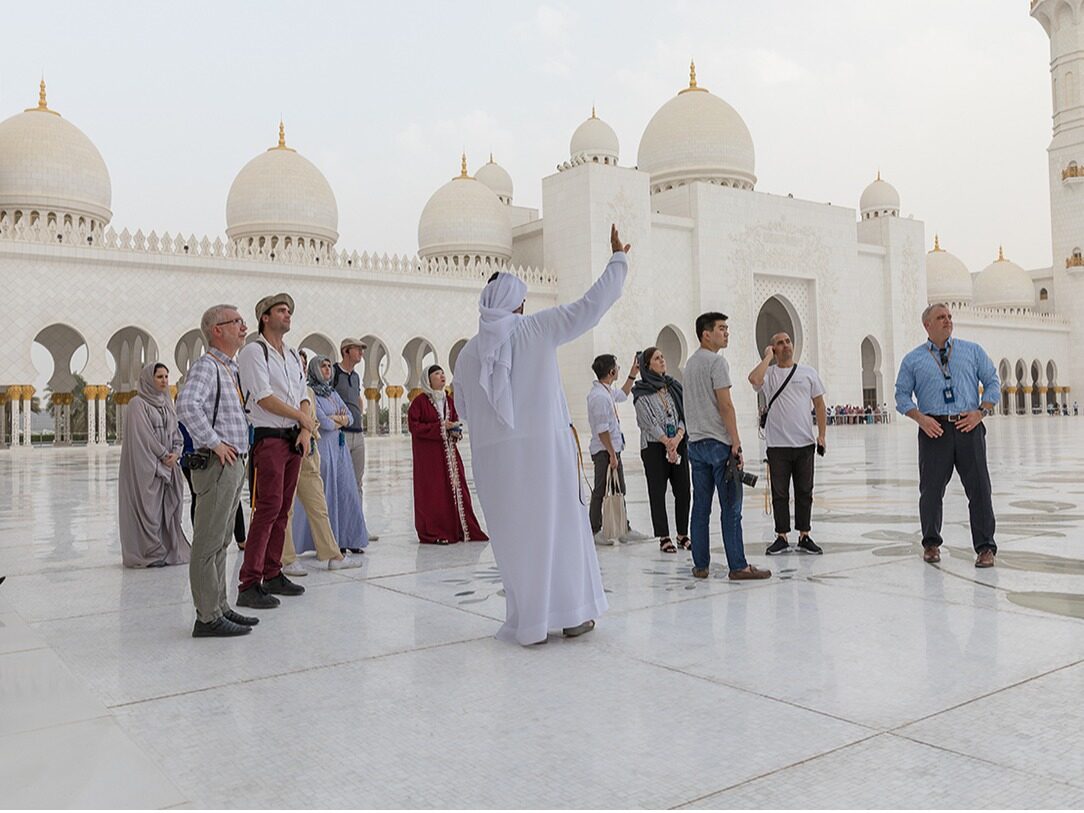
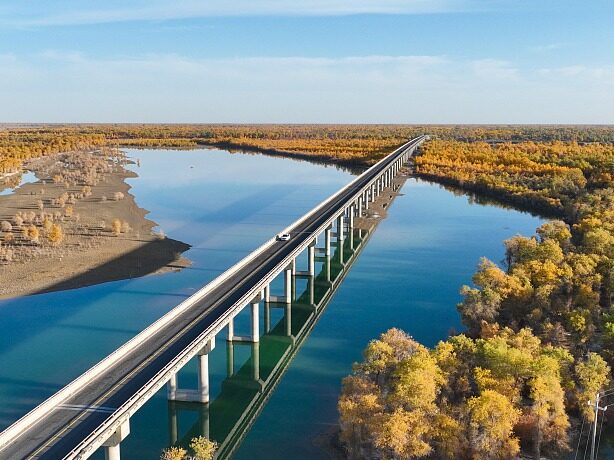







Write something~